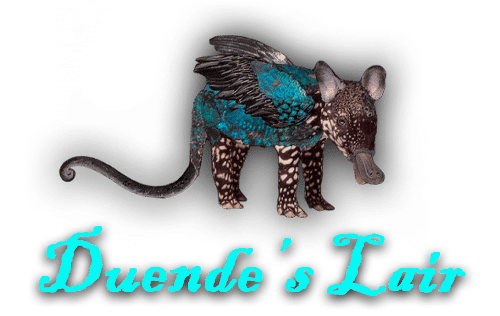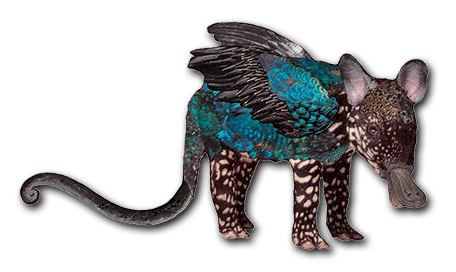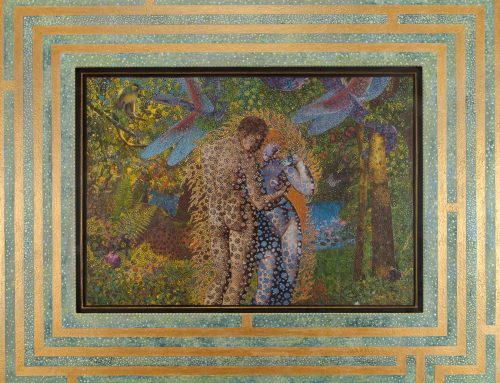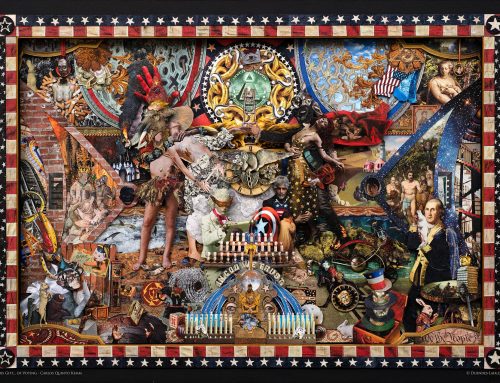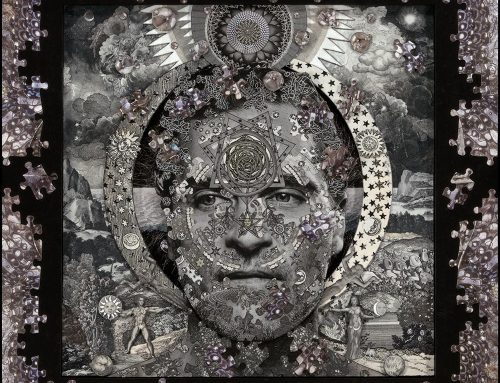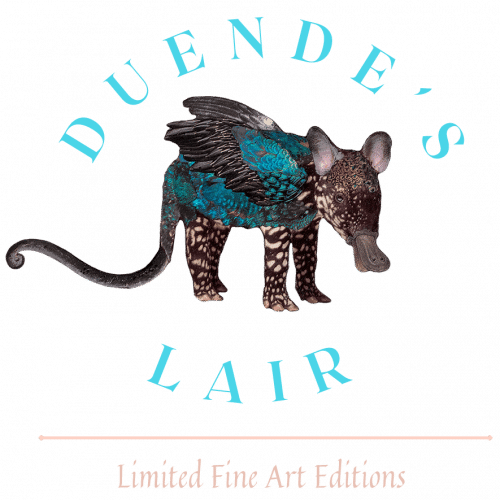Meaning Behind Photo Collages: Interpreting Visual Metaphors
Photo collaging is more than just piecing together images—it’s a powerful art form that speaks in layers, both literally and metaphorically. By juxtaposing photographs, textures, and patterns, artists create works that challenge viewers to look beyond the surface. These layers tell stories, convey emotions, and unlock abstract meanings that might not be immediately apparent.
Collaging as an art form thrives on visual metaphors. For instance, an artist might juxtapose an image of a blooming flower with a crumbling wall to represent resilience amid decay. The symbolic power of these contrasting images forces the audience to interpret and connect with the piece on a deeper emotional or intellectual level. In this blog, we’ll explore how juxtaposition, layering, and symbolic imagery come together in photo collaging to create works rich with hidden meanings.
Juxtaposition: Creating Contrast and Context
At its core, juxtaposition involves placing two or more images side by side to highlight their differences—or surprising similarities. In photo collages, this technique is often used to spark curiosity or provoke thought. For example, an artist might place a serene image of a forest next to a bustling cityscape. The viewer is invited to consider the relationship between nature and urbanization, tranquility and chaos.
Through juxtaposition, collages act like visual puzzles. Viewers interpret how the images interact with one another and what story they tell together. This interaction gives collages a dynamic, ever-changing quality because the meaning often depends on the viewer’s personal experiences and perspective.
Layering: Adding Depth and Dimension
Layering is another fundamental aspect of photo collaging. By overlapping images, textures, or materials, artists create visual hierarchies that guide the viewer’s eye across the piece. Layers can evoke the passage of time, blending memories, history, or parallel narratives into a single work of art.
For example, an artist might use transparent layers to superimpose an old photograph over a modern scene, blending the past with the present. The transparency suggests how history influences contemporary life or how memories linger in the present.
Moreover, physical layers—like pieces of fabric or cut-out paper—can add a tactile element to the collage, making it more immersive. These physical additions reinforce the metaphorical layers of meaning, creating a deeper connection between the viewer and the piece.
Symbolism in Photo Collages
Symbols are at the heart of any metaphor, and photo collages are no exception. By incorporating symbolic imagery, artists communicate abstract ideas that words alone cannot convey. For instance:
- Natural Elements: A tree or a bird might represent growth, freedom, or the cycle of life.
- Man-Made Structures: A crumbling building could signify societal collapse or personal disintegration.
- Color Choices: Bright colors often convey hope or joy, while darker tones suggest mystery or melancholy.
Symbolism in photo collaging relies on the viewer’s ability to associate images with broader concepts. This ambiguity allows for diverse interpretations, making the art feel personal to each individual.

Interpreting Abstract Meanings
Photo collages often invite viewers to linger and reflect, encouraging them to piece together abstract narratives. For instance, a collage of fragmented faces might explore themes of identity or fractured self-perception. Alternatively, a collage that mixes organic forms with geometric patterns might delve into the relationship between humanity and technology.
The abstract nature of collages makes them powerful tools for storytelling. They can express emotions or ideas that are too complex to articulate, using visual metaphors to bridge the gap between the artist and the audience.
Why Visual Metaphors Matter in Collaging
Visual metaphors make photo collages more than decorative art. They transform them into conversation starters, intellectual challenges, and emotional experiences. These metaphors invite viewers to question their own beliefs, emotions, and perceptions, fostering a deeper appreciation of the work.
For artists, using metaphors in photo collages offers an opportunity to communicate universal truths while retaining personal authenticity. It’s a way to connect with others, making art a shared experience rather than a solitary statement.
Unlocking the Layers of Meaning
Photo collaging is an art form that thrives on mystery and complexity. Through juxtaposition, layering, and symbolism, artists create works that resonate on multiple levels. Each collage tells a story—one that changes and evolves depending on who views it.
For those who take the time to look deeper, photo collages offer a window into the artist’s thoughts and emotions, as well as an invitation to interpret and connect. The hidden meanings within these collages remind us that art, like life, is full of layers waiting to be uncovered.
